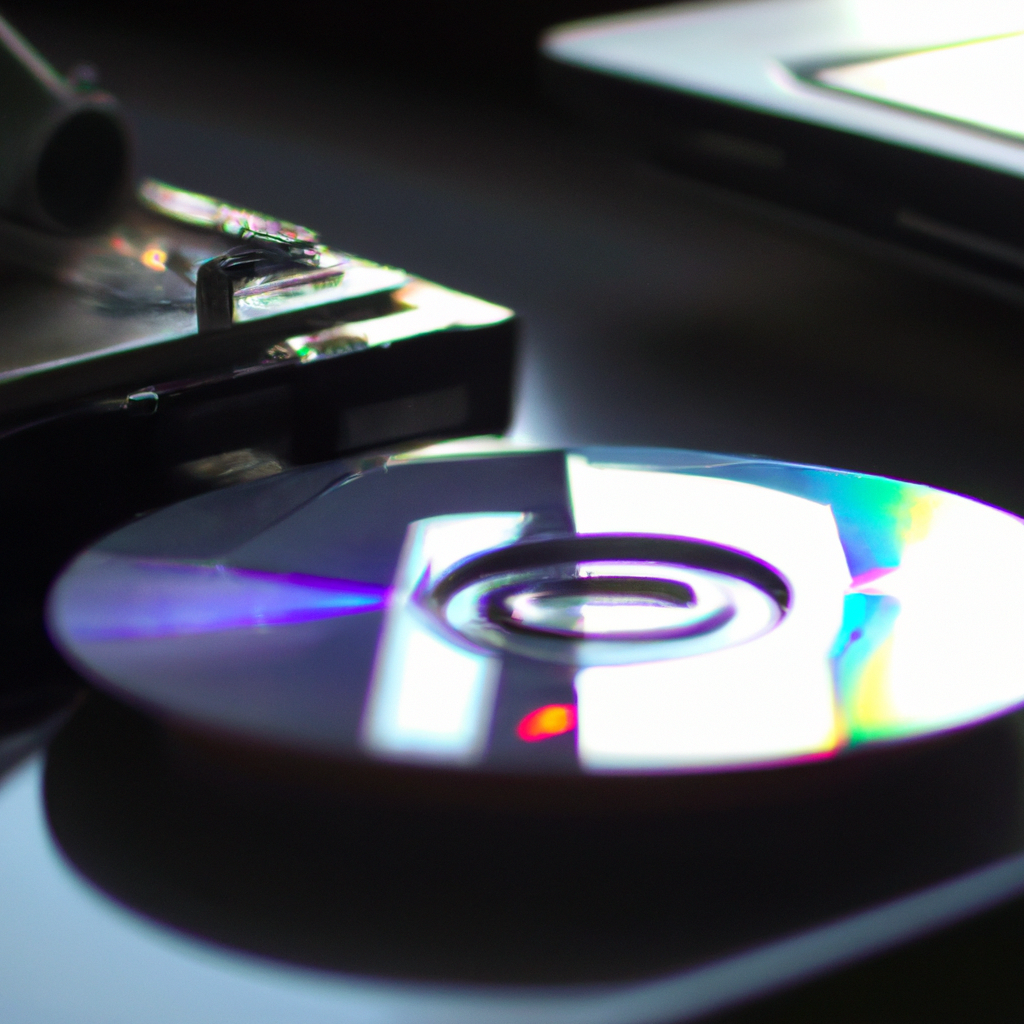Compact disc players, commonly known as CD players, have been a popular audio player for several years. They offer high-quality sound and are easy to use. But have you ever wondered how a CD player reads CDs? In this article, we will explore the inner workings of a CD player and how it utilizes laser technology to read CDs.
Understanding the Compact Disc Player
A CD player is an electronic device that plays audio CDs. It consists of a few main components, including:
1. Disc Tray: This is where you insert the CD.
2. Spindle: The spindle holds the CD in place while it spins.
3. Laser Assembly: The laser assembly reads the data on the CD.
4. Tracking System: The tracking system moves the laser assembly across the CD.
How Does a CD Player Read CDs?
A CD player reads CDs using laser technology. When you insert a CD into the tray, the spindle holds it in place while the laser assembly moves to the center of the CD. The tracking system then moves the laser assembly across the CD, reading the data as it goes.
The laser assembly consists of a laser diode, a lens, and a photodiode. The laser diode emits a beam of light that is focused by the lens onto the surface of the CD. The beam of light is reflected back to the photodiode, which converts the light into an electrical signal.
The CD has tiny pits and lands on its surface that represent the audio data. When the laser beam hits the pits, it is reflected differently than when it hits the lands. The photodiode detects these differences in reflection and converts them into digital data that can be used to recreate the audio.
The digital data is then sent to a digital-to-analog converter (DAC), which converts the digital data into an analog audio signal. The analog audio signal is then sent to the amplifier, which amplifies the signal and sends it to the speakers.
The CD player continues to read the data on the CD as the disc spins. The data is read at a constant rate of 1.2 meters per second, regardless of the speed of the disc. This means that the CD player can read data from any part of the disc, even if it is spinning at different speeds.
Advantages of Laser Technology in CD Players
The use of laser technology in CD players offers several advantages over other forms of audio players. Some of these advantages include:
1. High-Quality Sound: Laser technology provides a high level of accuracy and precision when reading data from the CD. This results in high-quality sound that is faithful to the original recording.
2. Durability: CDs are more durable than other forms of audio storage, such as cassette tapes or vinyl records. They are less susceptible to damage from scratches or dust, which can affect the sound quality.
3. Portability: CDs are small and easy to transport, making them a popular choice for people on the go. They can be played in a variety of CD players, including portable CD players, car stereos, and home audio systems.
Conclusion
In conclusion, laser technology plays a critical role in the functioning of a CD player. It enables the player to read data from a CD accurately and precisely, resulting in high-quality sound. CD players are a popular choice for audio playback due to their durability, portability, and high-quality sound.







